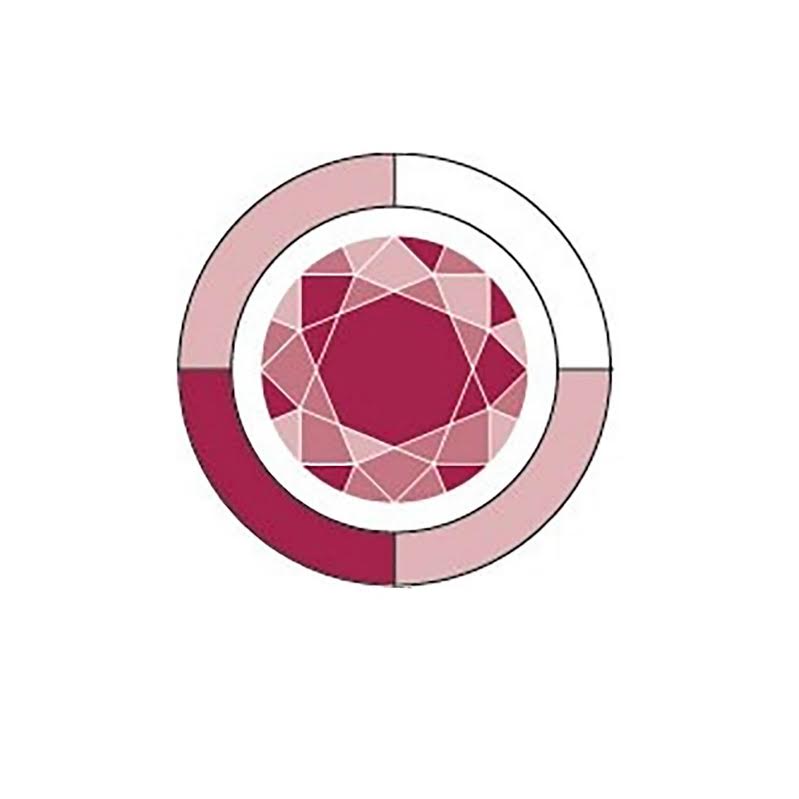Many people getting their tax notice of assessment wonder why they see amounts for the Medicare levy and Medicare levy surcharge.
Let’s break these down to help you understand who pays them and how private health insurance can affect your tax return.
Medicare levy
The Medicare levy’s a compulsory charge that helps fund Australia’s public healthcare system. Almost all Australians pay this levy, which is 2% of your taxable income. The levies are generally withheld from your pay by your employer throughout the year, so you may not notice it until tax time.
It’s important to note that having private health insurance doesn’t exempt you from paying the Medicare levy; it only affects your liability for the Medicare levy surcharge.
In certain limited cases, you might be eligible for a reduction or exemption from the Medicare levy. For instance, if you meet specific conditions such as being a low income earner, foreign resident or having a medical exemption, you may qualify for a reduced rate or full exemption.
Medicare levy surcharge
The Medicare levy surcharge (MLS) is an additional charge designed to encourage higher-income earners to take out private hospital insurance, reducing the strain on the public healthcare system. The MLS isn’t automatically withheld from your income, but is calculated when you lodge your tax return. You may be liable for the MLS if your income exceeds the MLS threshold and you, your spouse and your dependent children don’t all have an appropriate level of private patient hospital cover for the entire income year. The surcharge rates vary based on your income tier.
Income for MLS purposes
Your income for MLS purposes includes several components beyond your taxable income, such as reportable fringe benefits, total net investment losses and reportable super contributions. If you have a spouse, their income’s also considered in the calculation.
For 2025–2026, the MLS income thresholds and rates are:
Singles: Base tier: $101,000 or less (0% MLS); Tier 1: $101,001–$118,000 (1% MLS); Tier 2: $118,001–$158,000 (1.25% MLS); Tier 3: $158,001 or more (1.5% MLS).
Families: Base tier: $202,000 or less (0% MLS); Tier 1: $202,001–$236,000 (1% MLS); Tier 2: $236,001–$316,000 (1.25% MLS); Tier 3: $316,001 or more (1.5% MLS). The family threshold increases by $1,500 for each dependent child after the first.
Private health insurance
To avoid the MLS, you need an appropriate level of private patient hospital cover. Singles need a policy with an excess of $750 or less, and couples or families need a policy with an excess of $1,500 or less. Your policy must cover you, your spouse and all dependants for the full income year to avoid the surcharge. Keep in mind that extras-only cover (such as for dental or optical) and travel insurance don’t qualify as private patient hospital cover for MLS purposes.
Next practical steps
Review your income: Regularly assess your income to determine whether you’ll be required to pay the MLS. The ATO provides a useful income tests calculator.
Evaluate your insurance: Consider whether taking out private health insurance is beneficial for you. If your income’s above the MLS threshold, having the appropriate cover can save you money. Understand your policy: Make sure your private health insurance policy meets the requirements to avoid the MLS – check the excesses and ensure it covers all necessary family members.
Consult a professional: If you’re unsure about your obligations or the best course of action, consult your tax professional or financial adviser for tailored advice on your circumstances.
Stay informed: Tax regulations and thresholds can change, so it’s important to stay updated on any adjustments that might affect your obligations.

Nadine Rawlings – Director, Garnet Business Services, Mundaring Accountant, Perth
If you’re unsure about your personal or business situation and would like some support and guidance, please reach out.
Email nadine@garnetaccounting.com.au or click to book an appointment below.

